Belgium has picked Lockheed Martin’s F-35A Joint Strike Fighter as the winner of a competition to replace the country’s fleet of aging F-16 Viper fighter jets. The Belgians said that the price of the jets heavily influenced their decision, but the need for the aircraft to be able to carry American nuclear weapons may have also been a factor. Regardless, it is an important victory for the Joint Strike Fighter program and a major blow to the competing Eurofighter Typhoon.
Belgian Defense Minister Steven Vandeput formally announced the choice during a press conference on Oct. 25, 2018. The Belga News Network in Belgium had previously reported the F-35 had won the competition on Oct. 22, 2018, but the country’s authorities and Lockheed Martin both declined to confirm the details at that time. The Belgian Air Component, the country’s air force, is now set to eventually receive 34 stealthy F-35As to replace around 50 F-16s with deliveries starting in 2023.
“We have landed! This government is investing heavily in defense,” Vandeput wrote in a Flemish-language post on Twitter. “With the purchase of F-35A fighter planes … we ensure your safety and that of our military.”
The Belgian defense minister subsequently told reporters that the F-35A offer best met the seven criteria the country had laid out, but only identified one, cost. Belgium’s fighter jet replacement program was valued at around $4.14 billion, according to publicly available estimates. Vandeput said that Lockheed Martin’s offer was around $684.5 million less than what his government had budgeted, but did not confirm the total figure.
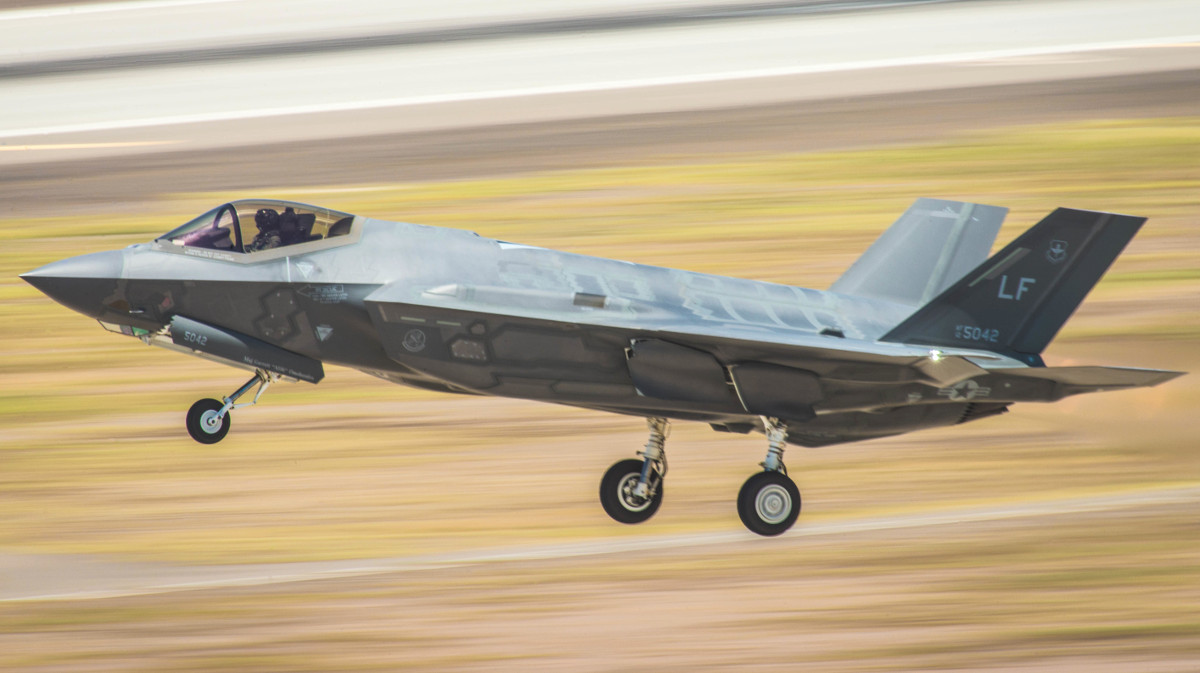
In September 2018, the Pentagon signed a deal with Lockheed Martin for 141 more F-35s of all three variants for the U.S. military and foreign partners to the Joint Strike Fighter Program, which saw the F-35A’s unit price fall below $90 million for the first time. At this price point, the Belgian’s would have been able to purchase the 34 of the stealthy fighters for a total cost that was indeed less than the $4.14 billion estimate, even with the inclusion of additional funds for ancillary equipment and support services. The unit price for the fourth-generation Eurofighter Typhoon is generally reported to be more than $100 million.
Belgium’s decision finally brings an end to the winding tale of its Air Combat Capability Successor Program, which officially began in 2014 and originally called for a purchase of 40 aircraft. In 2017, Boeing and Saab had withdrawn their offers for the F/A-18E/F Super Hornet and Gripen E respectively.
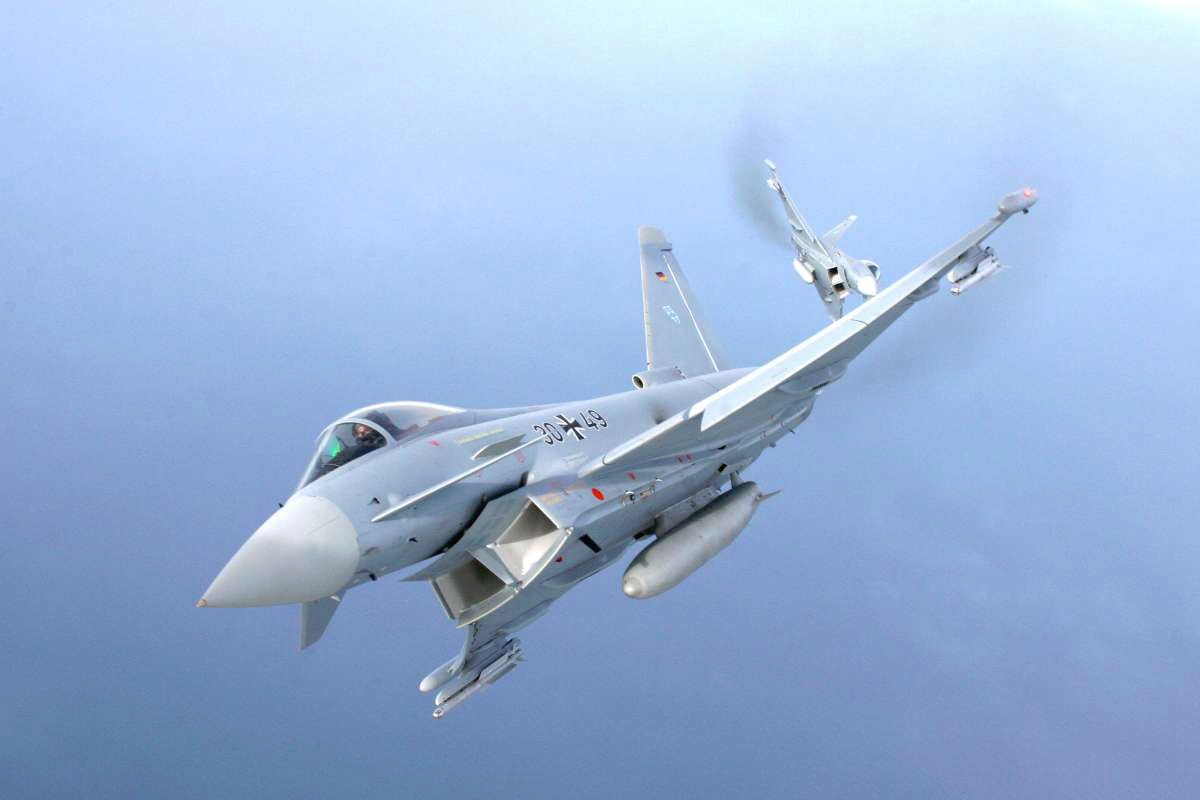
Boeing complained that the competition was not “a truly level playing field” and Saab reportedly feared that the Belgian government’s demands for significant support for the aircraft after purchase would violate Swedish neutrality. France’s Dassault had considered making a bid, but ultimately did not, though it did make an informal offer to purchase Rafale fighter jets. The Belgians also rejected proposals to continue upgrading the F-16s instead of buying a new type of aircraft at all.
Belgium’s selection of the F-35 does offer multiple benefits beyond the matter of up-front cost. Most obviously, the stealthy jets will offer a significant boost in air combat capability over the country’s F-16s, which it purchased in the 1980s and upgraded to the F-16AM/BM Block 20 MLU standard in the early 2000s.
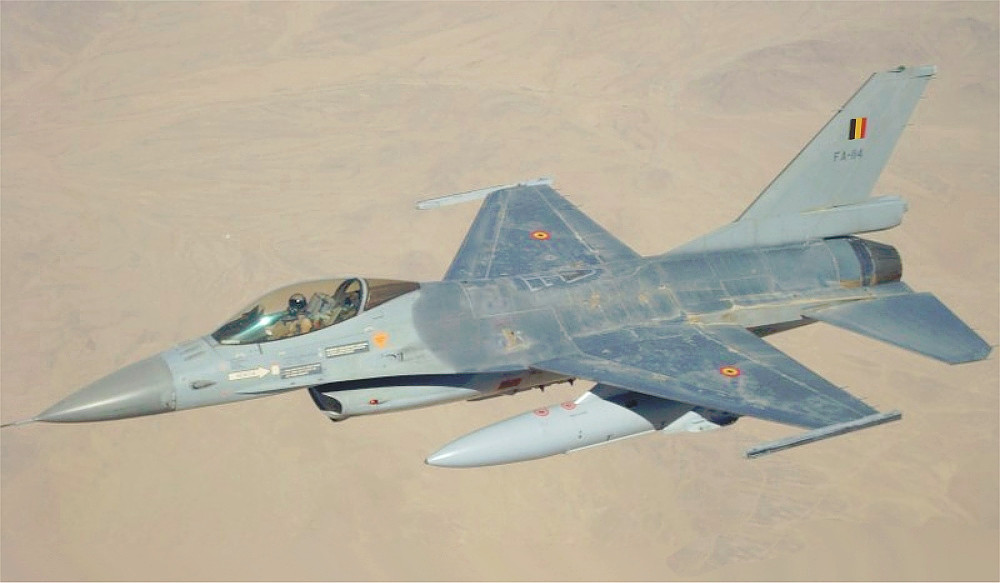
In addition, the United States and at least six other NATO members are or plan to be flying F-35 variants in the future. In turn, Lockheed Martin has worked with many of them to establish various depot-level maintenance and assembly facilities in Europe. The American defense giant has also indicated that it has offered significant industrial cooperation opportunities to the Belgians, which could further offset the F-35s purchase and sustainment costs.
When the Belgian Air Component begins receiving its jets in 2023, it will be able to take advantage of this established and growing support infrastructure, which in turn could result in cost savings on sustaining the aircraft. This is an important consideration, because, while the F-35A’s unit cost may be less than that of the Eurofighter Typhoon, stealth jets, in general, are maintenance intensive and demanding on logistics chains to keep them flying.
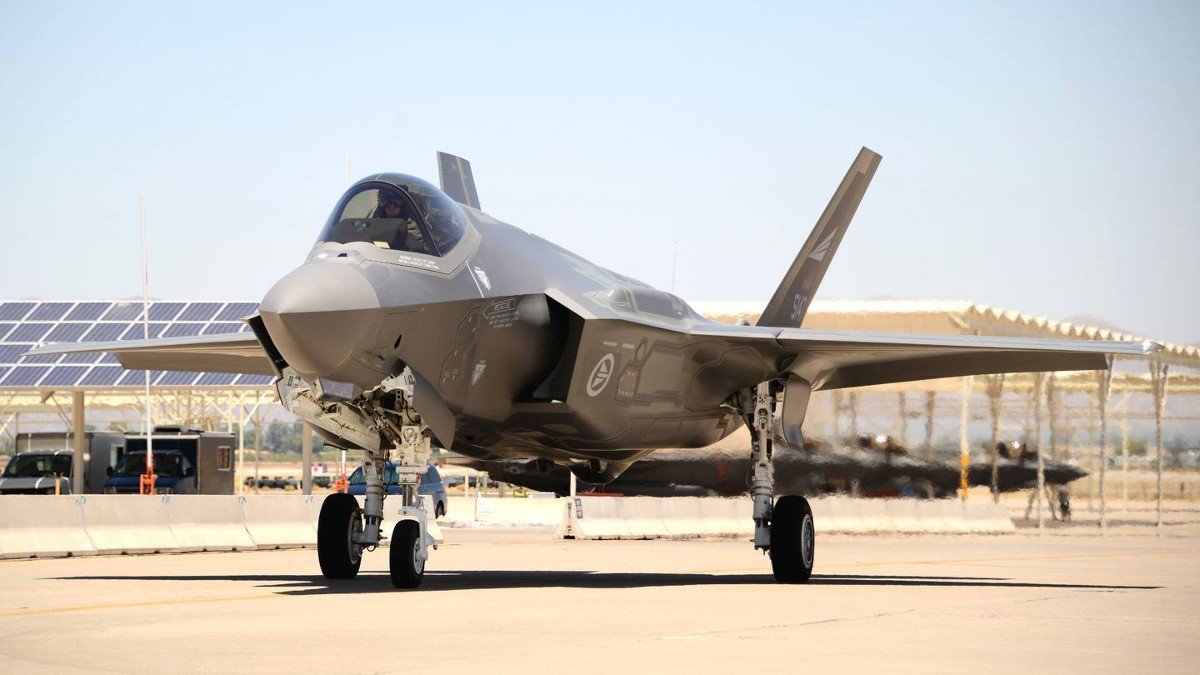
Belgium’s decision was also likely influenced in part by the need for an aircraft that would support its NATO nuclear weapon sharing requirements. The United States reportedly has between 10 and 20 B61 nuclear gravity bombs at the Belgian Air Component’s base at Kleine Brogel.
During a crisis, the U.S. military could release these weapons to the Belgians, who would then conduct the strikes. Belgium’s F-16s are certified to employ the B61, which includes the addition the necessary equipment to arm the weapons in flight. The U.S. Air Force plans to give its F-35As the capability to carry these bombs in the future.
There are no plans to certify the Typhoon at present, however. This has already posed a problem for Germany, which is looking to replace its Cold War-era Panavia Tornado combat jets that it presently uses to fulfill its nuclear weapon sharing obligations. This likely was also part of the problem for Saab when it proposed its Gripen E and would’ve presented a hurdle for Dassault’s Rafale, as well.
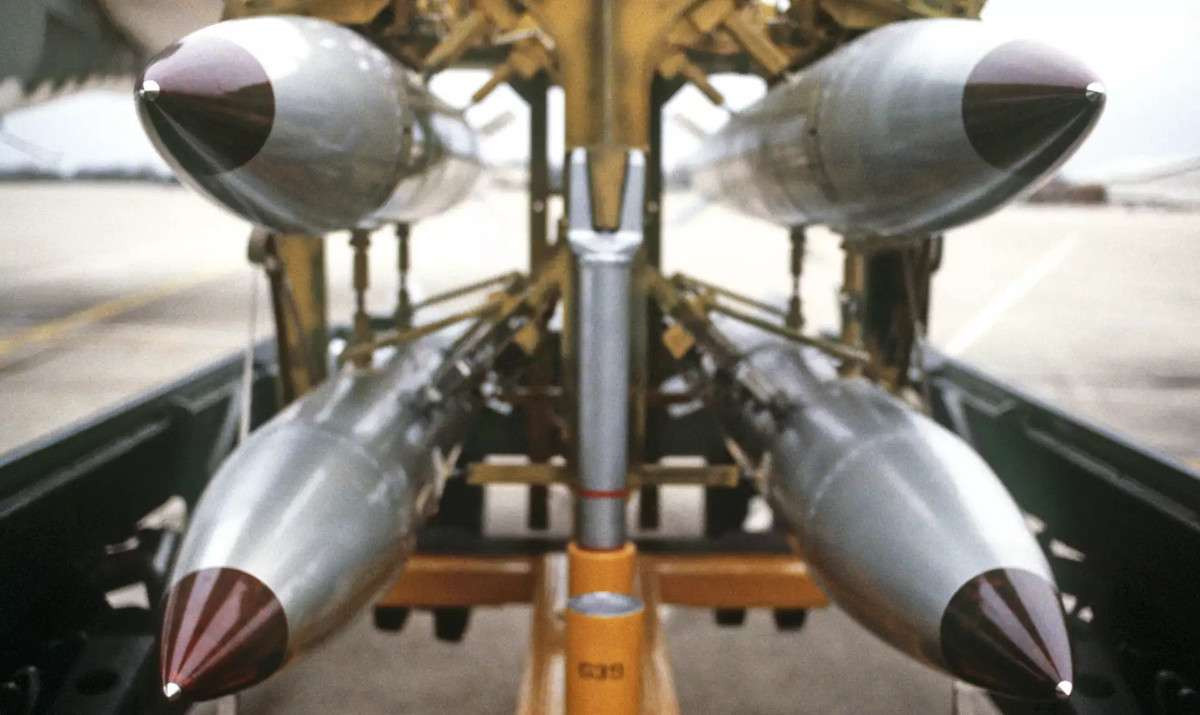
For Lockheed Martin, securing the 13th customer for the F-35 is a clear win, especially as the company has lost out to Boeing in competitions for three major
aviation contracts this year. It also comes at a time when sales to Turkey, a major participant in the Joint Strike Fighter program, are in doubt due to an ongoing dispute centered on the Turkish government’s decision to purchase the Russian S-400 surface to air missile system. On Oct. 24, 2018, Defense News reported that Italy planned to make major cuts to its defense budget in 2019, which could slow that country’s purchase of F-35s, as well.
It is similarly a serious loss for the European consortium behind Eurofighter, which includes Germany, Italy, Spain, and the United Kingdom. The Typhoon has struggled to secure additional foreign sales since it first began to enter service in European in the early 2000s. In 2016, Kuwait did approve the purchase of 28 Typhoons and the next year Qatar also finalized a deal to purchase 24 of the jets, though. In March 2018, Saudi Arabia signed a memorandum of intent to purchase 48 more Eurofighters to add to its existing fleet, but that deal might be in question now given worldwide outcry over the Kingdom’s murder of Saudi journalist Jamal Khashoggi.
Still, Britain’s BAE Systems had been in charge of offering Typhoon for the Belgian competition and could stand to lose the most after losing out on the deal. In October 2017, BAE cut around 1,400 jobs, more than half of which were from portions of the company related to the Typhoon. Slow sales of the fighter jets, combined with a slowing British economy overall, were cited as among the key factors in that decision.
It remains to be seen what exact impact the loss of the potential sale to Belgium will have on the future of the Typhoon, or BAE’s aviation divisions, in the near term. But after years of delays and controversies, with the Belgian deal in hand, the future of the Joint Strike Fighter program only seems brighter.
Contact the author: jtrevithickpr@gmail.com
